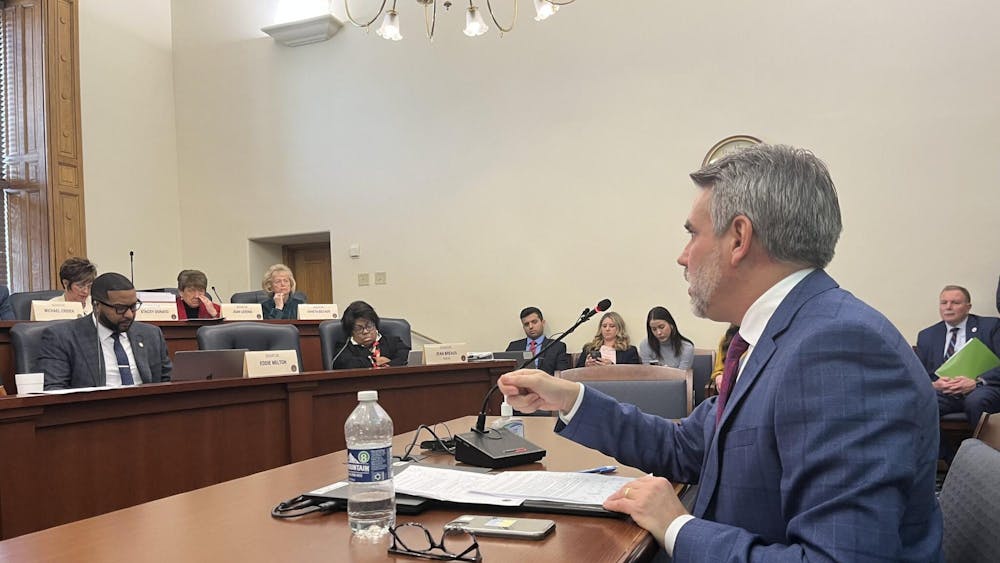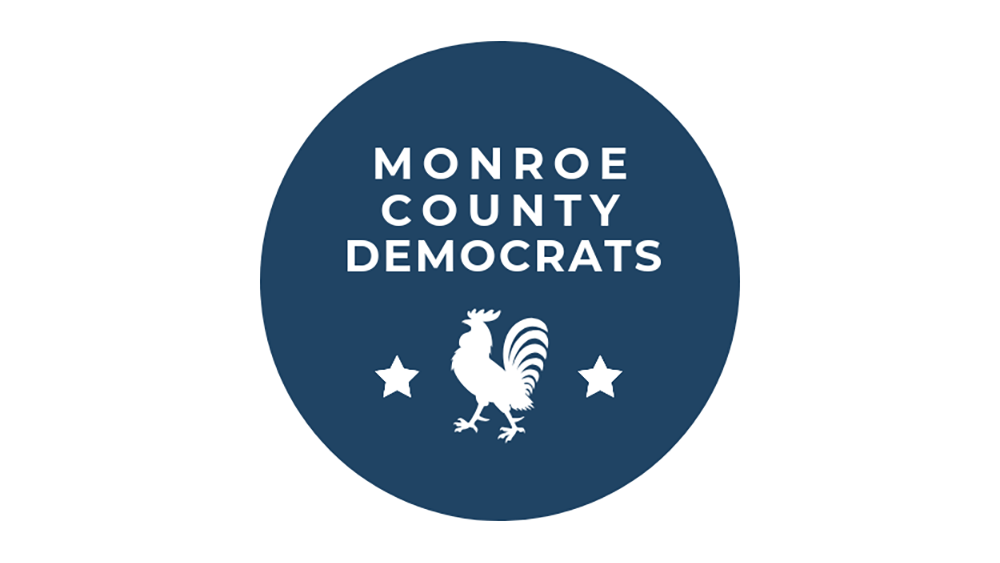With the war all but over, the short term economic impact now seems to be amazingly small. In the old industrial economy increases in defense spending would lead to increased growth, as factories would increase production and output. Defense spending accounted for 37.91 percent of Gross Domestic Product at the height of WWII, 14.1 percent during the Korean War and 9.41 percent during Vietnam, according to Business Week. But this is not the case in today's economy where the war represents only 4.1 percent of GDP.\nBut even though coalition troops are in control of Iraq, and most importantly Iraq's oil fields, and oil production has stabilized and resumed around the world, many economies are still suffering. The world economy was extremely weak when the Iraq war started and for the most part remains so. The uncertainty of war coupled with high energy prices has only helped the economy grow 1.6 percent in the first quarter of 2003, according to the U.S. Department of Commerce.\nRecent statistics have shown little economic improvement throughout the world. Even with the quick victory in Iraq, the International Monetary Fund expects below trend GDP growth in the world's big economies (U.S., Japan, European Union) for the rest of the year. Short-term interest rates are 1.25 percent, and despite Federal Reserve Board Chairman Alan Greenspan's optimism, nobody doubts the Fed will step in if the economy falters. The IMF expects America's budget deficit to be 4.6 percent of GDP, up from 3.6 percent in 2002. Furthermore, the European Union faces many of the same problems as America, but with a much less cooperative economic policy among member states. Investment in Europe has been contracting since the middle of 2000. \nMany had expected the green to stretch out in the splendor of victory, with falling oil prices and the revival of consumer confidence that is still giving life into the fragile U.S. economy. But the dollar has been a foot-dragger in the postwar world, falling 1.85 percent in trade-weighted terms, according to The Financial Times.\nThe reason, it seems, the dollar has not enjoyed the expected peace dividend results from reduced risk aversion among international investors. Usually the dollar has been the first to gain when investors were in a swaggering mood. As this column previously mentioned, the United States has long needed to attract large amounts of capital to fund its giant current account deficit, and this has been harder when worried investors have favored the safety of home markets and easier when they were prepared to venture into riskier but more promising U.S. assets. With the fed funds rate at just 1.25 per cent and 10-year bond yields at 4 percent, there is little incentive to go into the U.S. market. If traders want to take risk in exchange for high return, they are unlikely to look to the United States because it is perceived to be too risky. This is why many investors are favoring currencies with higher rates of return.\nStill, I believe that there are some clear indicators of economic growth, like the rising stock market (U.S. stock markets rebounded sharply from the latest steep losses, as investors felt more secure as positive profits reports were released along with the enthusiasm in many technology stock sectors) and improving availability of corporate credit, which are offering some hope for additional economic growth. Furthermore, consumer confidence is mildly growing after its long surge before and during the war.\nSpending grew a seasonally adjusted 0.4 percent in March, the biggest gain this year, following growth of only 0.1 percent in February, according to the U.S. Department of Commerce. Income also grew 0.4 percent, after rising 0.2 percent the previous month. This, along with continuously low interest rates, has been a critical factor sustaining economic growth in the United States.\nAnd important to remember, although there are many tenuous and unpredictable situations around the world yet to be resolved, the rebuilding of Iraq by American companies has the potential to help both the United States and the rest of the world. In addition, the U.S. economy remains the world's strongest and provided the future holds good news, economic growth will likely continue.
War, the dollar and the economy
Get stories like this in your inbox
Subscribe





